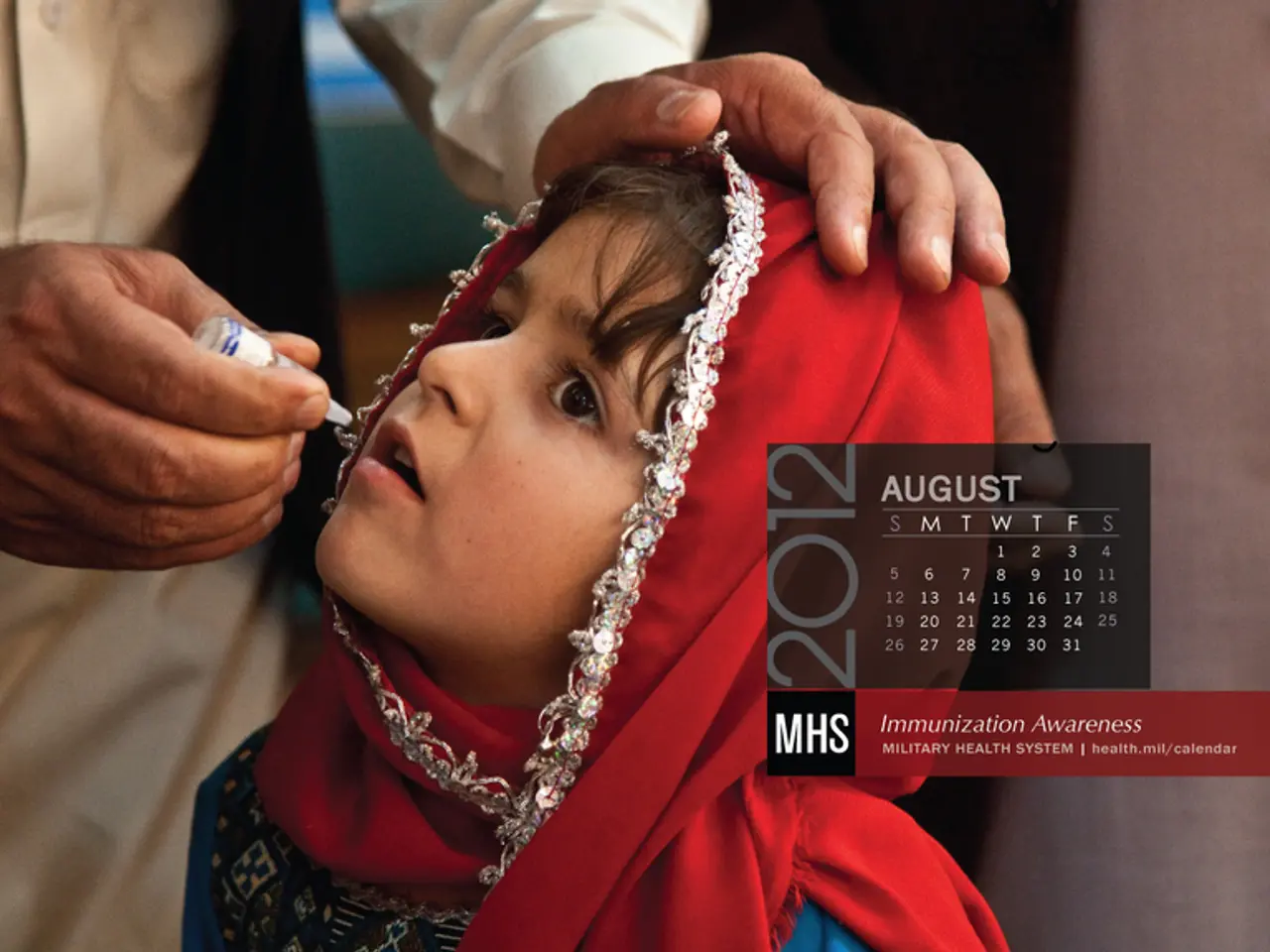The catastrophic nature of HIV/AIDS lies in its aggressive ability to attack the immune system, leading to a host of severe health complications and, ultimately, death.
HIV/AIDS, a retrovirus that targets the immune system, continues to pose a significant global health challenge. The impact of the disease varies significantly across the globe, with certain regions and populations disproportionately affected. Sub-Saharan Africa, for instance, remains the hardest hit, particularly in countries like Uganda and Kenya.
The management of HIV/AIDS has been transformed by Antiretroviral Therapy (ART), which suppresses the virus and prevents it from replicating. However, it is not a cure, and requires lifelong adherence to treatment. The challenge in treating HIV lies in the need for continuous medication adherence, particularly in resource-limited settings where access to ART may be inconsistent.
HIV primarily targets CD4+ T cells, also known as helper T cells, which play a central role in the immune system. Without effective treatment, HIV infection gradually progresses to AIDS, characterized by a critically low count of CD4+ T cells and a severely compromised immune system. AIDS leaves the body vulnerable to opportunistic infections and diseases that are typically rare in healthy individuals.
Common opportunistic infections in AIDS patients include Pneumocystis pneumonia, tuberculosis, cytomegalovirus, Kaposi's sarcoma, and toxoplasmosis. Stigma and discrimination associated with HIV/AIDS can discourage individuals from seeking testing and treatment, and contribute to a lack of education about HIV transmission.
Stigma affects mental health as well, as people living with HIV/AIDS often experience feelings of shame, guilt, and isolation, which can lead to depression and other psychological issues that further impact their health. The social impact of HIV/AIDS has a significant influence on the course of the epidemic, as individuals may delay or avoid diagnosis, increasing the likelihood of unknowingly transmitting the virus to others.
Poverty, lack of access to healthcare, and limited education contribute to higher transmission rates in regions where HIV is heavily stigmatized, leading to severe health and economic impacts. Children orphaned by HIV/AIDS and those growing up in affected households often face challenges in education and economic stability, perpetuating cycles of poverty and vulnerability.
The economic impact of HIV/AIDS is substantial, particularly in areas where the disease is widespread, leading to a loss of productivity and placing strain on families, communities, and healthcare systems. Developing an effective HIV vaccine has proven uniquely challenging due to the virus's high mutation rate, ability to evade immune detection, and the persistence of latent reservoirs within the body.
Global inequities impact access to antiretroviral treatment, as resource-limited regions may lack consistent access to medications, medical facilities, and healthcare providers trained in HIV care. The virus's ability to rapidly mutate allows it to develop resistance to immune responses and, over time, to antiretroviral drugs used in treatment.
Despite these challenges, progress has been made in the fight against HIV/AIDS. ART has extended the lives of millions, and efforts to reduce stigma and increase access to testing and treatment are ongoing. The development of new treatments, vaccines, and strategies to combat HIV/AIDS continues to be a global priority.
Read also:
- Understanding Hemorrhagic Gastroenteritis: Key Facts
- Stopping Osteoporosis Treatment: Timeline Considerations
- Tobacco industry's suggested changes on a legislative modification are disregarded by health journalists
- Expanded Community Health Involvement by CK Birla Hospitals, Jaipur, Maintained Through Consistent Outreach Programs Across Rajasthan








